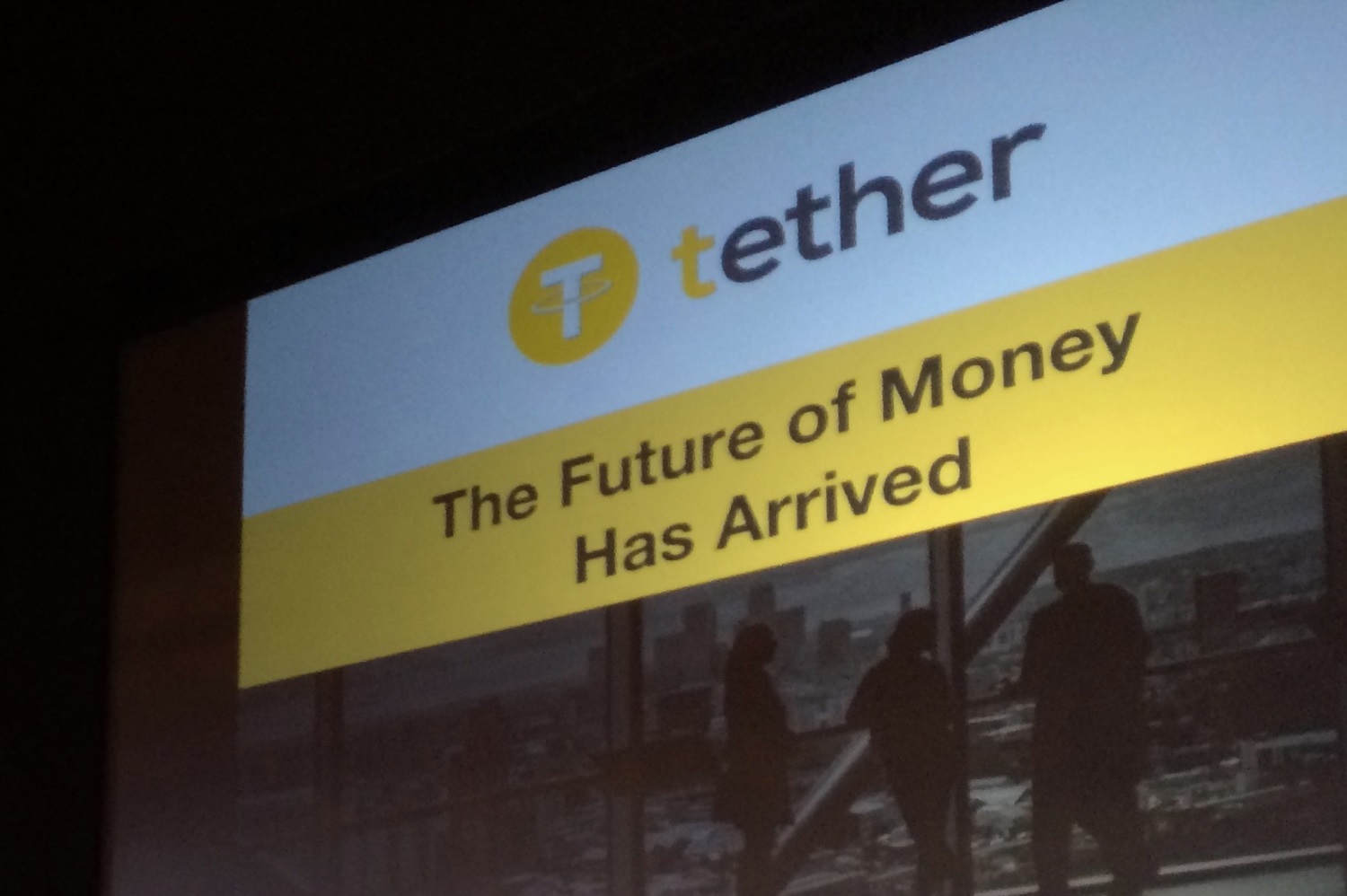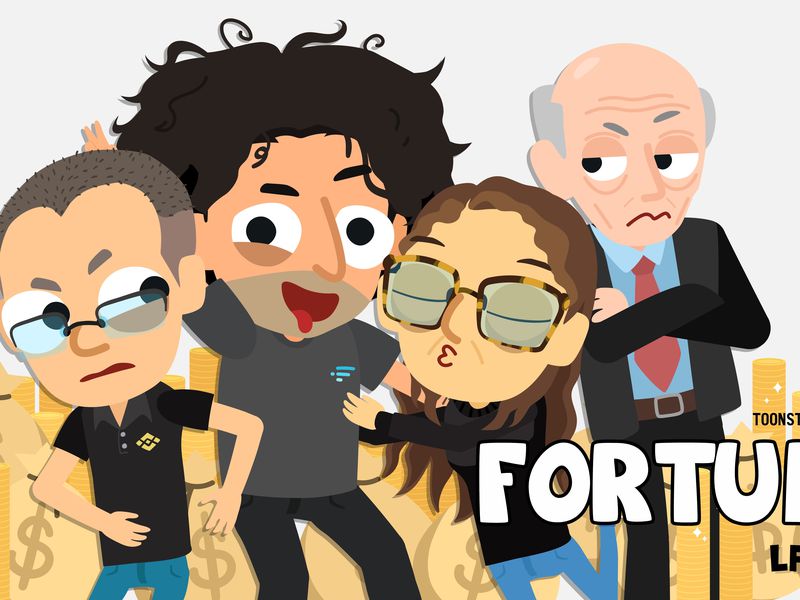In today’s issue, Kelly Ye, portfolio manager and head of research at Decentral Park Capital, takes us through the three fast-growing blockchain ecosystems and how the marriage of Web2 and Web3 will enhance the adoption of blockchain technologies.
In Ask an Expert, A. Rafay, from Zignaly, answers questions about on-chain fund management.
You’re reading Crypto for Advisors, CoinDesk’s weekly newsletter that unpacks digital assets for financial advisors. Subscribe here to get it every Thursday.
How the Marriage of Web3 and Web2 Gives Birth to Mass Adoption in Crypto
This year, we have made significant strides in crypto with the launch of spot BTC and ETH ETFs. While this is celebrated as a step towards mainstream adoption, true adoption should come from on-chain usage rather than just ownership. Bootstrapping users is challenging, even with tokens as financial incentives, due to unfamiliar steps like creating a wallet with long seed phrases and acquiring cryptocurrency for gas fee payments. These hurdles, along with poor perceptions of blockchain security and concerns about fraud, have turned many users away.
However, three fast-growing blockchain ecosystems are addressing these challenges by combining the strengths of Web2 and Web3 to create a seamless Web2-like onboarding experience while providing users with the benefits of sovereign ownership in Web3.
If you have a Coinbase account, congratulations! You are already in Web 2.5 by accessing crypto through a centralized exchange. While decentralized exchanges and other on-chain activities often turn away crypto-curious users due to complexity, Base, developed by Coinbase, aims to bridge their Web2.5 users to Web3. Integrated into Coinbase’s mobile and web applications, Base offers easy fiat on and off ramps from the exchange. Coinbase’s UI improvements, such as Smart Wallet for a Web2-like login experience and Magic Spend to abstract gas payments, simplify the process. Additionally, Base is developing a vibrant ecosystem with DeFi applications like Aerodrome and Moonwell, and social applications like Degen, making on-chain interactions more enjoyable and rewarding.
While Base targets crypto-curious users, TON’s potential TAM is even bigger, targeting the 900 million users on Telegram. Launched in 2023, Telegram quickly became a top-five Web2 social app by users globally and the dominant app in Russia, Eastern Europe, Southeast Asia and parts of Africa. TON, The Open Network, was initially designed by founding members of the Telegram team to integrate blockchain into Telegram’s ecosystem. Given Telegram’s multi-country user base and unique geopolitical backdrop, a unified crypto payment rail could be highly beneficial. TON’s integration into Telegram includes seamless wallet creation, in-app purchases and fiat onboarding. Telegram has also made ad payments in TON, with 50% revenue sharing with creators.
TON has spurred significant growth in Web3 applications. Notcoin, a click-to-earn game, attracted over 35 million players and 6.5 million daily active users in just two months. Similarly, Catizen, developed by Asian builders experienced in WeChat mini-apps, gained 20 million users and more than $10 million in revenue, marking the fastest revenue growth in Web3 dApps history.
Solana: Web3 to Everywhere
Solana, known for its high-performance blockchain, has taken significant steps towards mass adoption with Blinks. Blinks abstracts on-chain transactions into a simple URL that can be embedded in any Web2 business, simplifying the process of interacting with blockchain technology. Users can perform on-chain transactions by clicking a URL, eliminating the need for complex wallet setups. This makes it easier for Web2 businesses to integrate blockchain functionality into their existing operations.
The Internet, created in the 70s, only achieved mass adoption in the 2000s. As we enter the 15th year of BTC’s creation, the fusion of Web2 and Web3 is accelerating the adoption of blockchain technology, enabling the mainstream to use and benefit from this new technology. On-chain is the new online.
Q: Why would fund managers adopt on-chain fund management?
A: For starters, on-chain fund management lets fund managers track transactions transparently in real-time. This reduces fraud and other lapses and boosts investors’ trust – a primary pillar of long-term adoption.
On-chain transactions and automation with smart contracts directly reduce fund management costs and other administrative overheads. From securities transfers to payments, on-chain systems can be significantly more efficient than traditional methods.
Besides, unlike their tradFi counterparts, on-chain assets are borderless, available 24×7, and offer near-instant settlements.
Fund managers get access to broader asset classes, like tokenized real estate, NFTs, as well as novel revenue-generating sectors like DeFi, yield farming, etc. This enables products and services unthinkable in conventional fund management.
Additionally, on-chain fund management systems are as secure as the underlying blockchains and let firms keep complete custody over the funds instead of relying on a third party. This strengthens trust in on-chain fund management.
Q: How will the rise of on-chain fund management impact traditional financial institutions and their business models?
A: Sooner or later, they will also come on-chain.
TradFi institutions can no longer afford to ignore transparency or keep their costs high. They must adopt new and innovative technologies to stay relevant and competitive.
The shift has started. BlackRock’s BUIDL fund is riding the tokenization tide, recently crossing $500 million in value. Meanwhile, VanEck, 21Shares, etc. are pushing for SOL ETFs, next in line after BTC and ETH.
There is also a growing demand for tokenized assets, smart contract-based services, decentralized AI-based system, and other related technologies.
– A Rafay, co-founder, Zignaly.
-
Watch
: BlackRock CEO Larry Fink reiterated his support for Bitcoin, saying he believes it is a“legitimate financial instrument.”
-
Digital Asset inflows set a
new record
led by bitcoin and ether.
-
The German government completed their sale of bitcoin on
July 12
.
Note: The views expressed in this column are those of the author and do not necessarily reflect those of CoinDesk, Inc. or its owners and affiliates.
Edited by Bradley Keoun.

:format(jpg)/cloudfront-us-east-1.images.arcpublishing.com/coindesk/7ALW2OWTCVEPZJ77KSSNWUG4TE.png)








